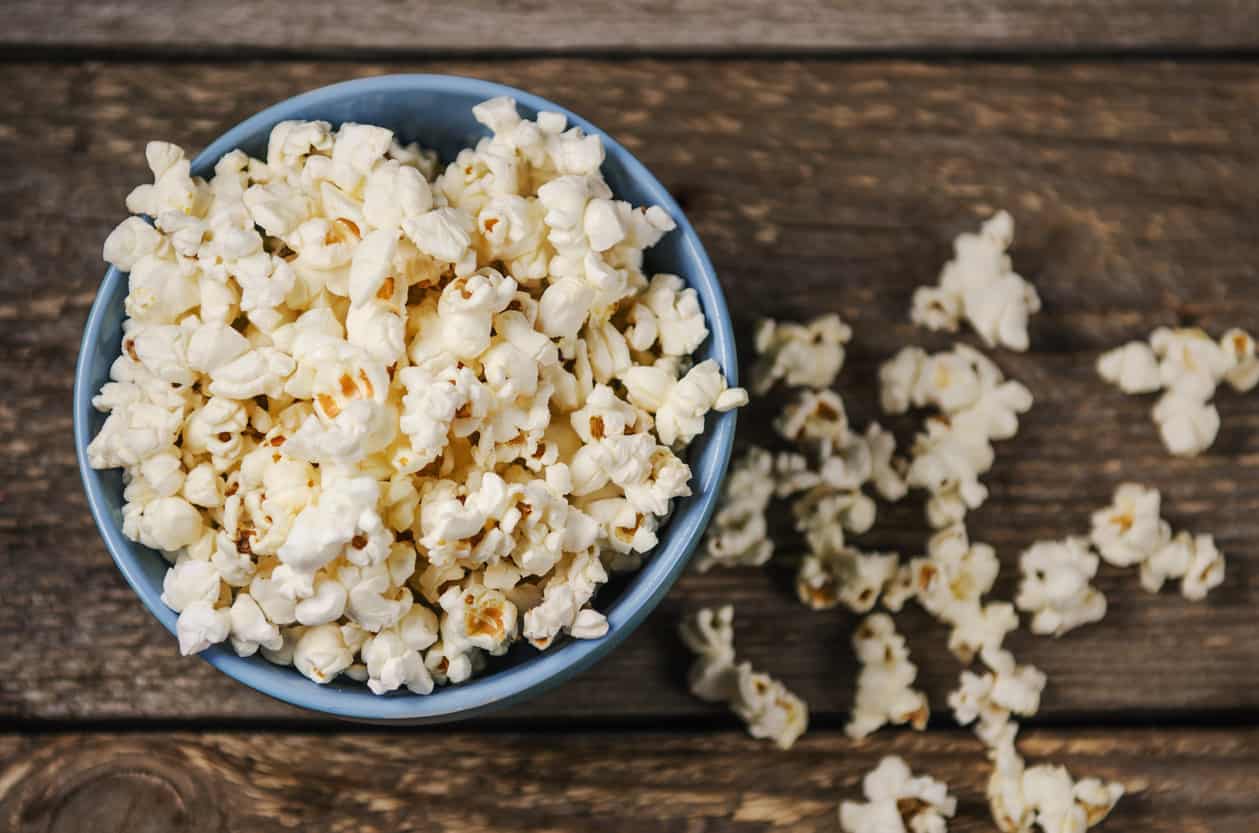10 simple and healthy lunchbox snacks

Snacks play an important role in keeping kids full between main meals so they can concentrate on class, play sport, do their homework and keep their immune systems in the best possible shape to deal with colds, scrapes and falls.
Here are 10 quick and easy to prepare snacks that provide great ‘bang for buck’ in terms of health and nutrition:
1. A piece of fruit
Why? Fruit is packed full of vitamins, minerals and dietary fibre, and most varieties are low in kilojoules. Fresh, frozen, canned or dried versions are also OK, however check the ingredients list and if choosing canned fruit, make sure it contains natural juice not syrup.
2. Rice cakes with cheese
Why? Rice cakes contain fibre and carbohydrates for energy, and milk, yoghurt and cheese are rich sources of calcium, protein, minerals and vitamins, including Vitamin B12, which is directly linked to stronger bones and a healthy nervous system. Eating these foods can also protect against heart disease and stroke, can reduce our risk of high blood pressure and some cancers, and may reduce our risk of Type 2 diabetes.
Children aged 2 years and over should eat reduced fat cheeses as they contain as many nutrients as full cream milk, but are lower in unhealthy saturated fats. For those who prefer to avoid dairy products, alternatives that have added calcium, such as calcium-enriched soy chasse are the next best option.
3. Boiled egg
Why? Eggs are a low cost easy-to-prepare source of protein, healthy fats and a variety of vitamins and minerals. Plus they come in their own packaging!
4. Packet of air-popped popcorn
Why? Low in energy (and therefore calories), air-popped popcorn is tasty and healthy, with 1 cup containing less than 1g of fat and less than 5g of carbohydrates.

5. Cucumber, carrot, celery, cherry tomatoes or capsicum sticks with dip – hummus, sweet potato, tzatziki or eggplant
Why? Vegetables (particularly raw ones) are packed full of vitamins, minerals and dietary fibre, and different vegetables can help protect the body in different ways. For the maximum benefit, choose a variety of colours (green, orange, yellow and red) and different types, including from the roots and leaves of plants, and legumes like dried peas, beans, lentils and chickpeas.
6. Small tub of natural yoghurt
Why? Rich in proteins and nutrients important for bone health, natural yoghurt is also chock-full of probiotics that can improve digestion and bolster immunity.
7. Tinned tuna or salmon
Why? Fish, especially oily fish such as salmon and tuna, is a valuable source of essential Omega-3 fatty acids. Regular consumption of fish can also help reduce the risk of heart disease, stroke, dementia and macular degeneration in the eyes.
It is recommended that older children and adults who eat foods from animal sources consume around 2 serves of fish per week, and children under 8 years up to 1½ serves per week.
8. Cruskits with peanut butter
Why? Peanut butter can vary dramatically from brand to brand with many commercial varieties containing large quantities of sugar and salt. However, if you choose a natural variety, peanut butter can be a good source of protein, as well as healthy, heart-friendly fats.
9. Small handful of natural nuts or seeds (unsalted)
Why? Nuts and seeds like legumes, beans and tofu, can provide a healthy alternative to animal foods, as well as increasing dietary variety and providing a valuable, affordable source of protein. These foods are also particularly important for those who follow vegetarian diets. Remember around 10 nuts is equal to one serve
Note: Nuts and seeds are not recommended for children aged 3 years or under because of their potential choking hazards, however nut butters or nut pastes can be used instead. Also check with your child’s school about any restrictions that they might have on nuts in lunches to protect children with allergies.
10. Small can of baked beans (no added salt)
Why? Legumes like beans contain fibre and complex carbohydrates and are a powerhouse of nutrients including antioxidants. They are also a great alternative to animal foods, particularly for vegetarians as they are a valuable source of protein and other nutrients that are commonly found in meats.
Content developed by Children’s Health Queensland © The State of Queensland (Children’s Health Queensland) 2019


